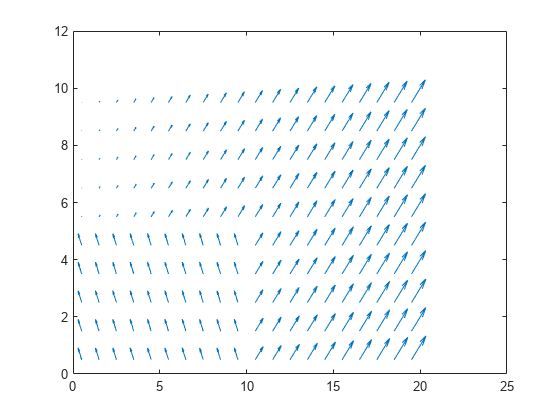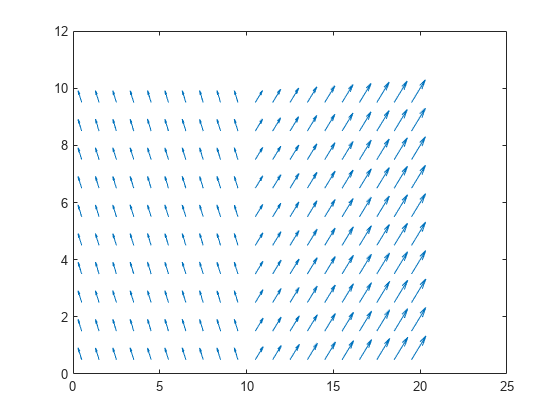mapLayer
Créer une couche de carte pour les données dimensionnelles N
Depuis R2021a
Description
L'objet mapLayer crée une carte quadrillée dimensionnelle N, où les deux premières dimensions déterminent l'empreinte de la carte, et toutes les dimensions suivantes dictent la taille et la disposition de la carte. données stockées dans chaque cellule. Pour stocker des valeurs binaires scalaires ou de probabilité pour une carte quadrillée, utilisez plutôt les objets binaryOccupancyMap ou occupancyMap .
Une couche cartographique stocke les données des cellules de grille qui représentent une région discrétisée de l'espace. Pour interroger et mettre à jour des données à l'aide de coordonnées mondiales, locales ou de grille, utilisez les fonctions d'objet getMapData et setMapData . Chaque cellule de la grille de la carte peut stocker des données de n'importe quelle taille, depuis une valeur unique jusqu'à un tableau multidimensionnel. Pour plus d'informations, consultez la propriété DataSize .
Le comportement des calques peut également être personnalisé en fournissant des descripteurs de fonction lors de la création à l'aide des propriétés GetTransformFcn et SetTransformFcn .
Création
Syntaxe
Description
map = mapLayer
map = mapLayer(p)p. Pour les tableaux matriciels 3D, chaque cellule de la carte est remplie avec le vecteur de valeurs à chaque emplacement de la grille le long de la troisième dimension du tableau. Pour un tableau matriciel N-by- D , chaque cellule contient une matrice (N=4) ou un tableau matriciel (N>4) de données pour cet emplacement de grille.
map = mapLayer(width,height)
map = mapLayer(rows,cols,'grid')rows, cols avec une résolution de 1 cellule par mètre.
map = mapLayer(width,height,cellDims)cellDims.
map = mapLayer(rows,cols,cellDims,'grid')rows cols où la taille des données stockées dans chaque cellule est définie par le tableau d'entiers cellDims.
map = mapLayer(sourceMap)mapLayer .
map = mapLayer(___,Name,Value)
Par exemple, mapLayer(__,'LocalOriginInWorld',[15 20]) définit l’origine locale sur un emplacement mondial spécifique.
Propriétés
Fonctions d'objet
getMapData | Récupérer des données de la couche cartographique |
grid2local | Convertir les indices de grille en coordonnées locales |
grid2world | Convertir les indices de grille en coordonnées mondiales |
local2grid | Convertir les coordonnées locales en indices de grille |
local2world | Convertir les coordonnées locales en coordonnées mondiales |
move | Déplacer la carte dans le cadre du monde |
setMapData | Attribuer des données à la couche de carte |
syncWith | Synchroniser la carte avec la carte superposée |
world2grid | Convertir les coordonnées mondiales en indices de grille |
world2local | Convertir les coordonnées mondiales en coordonnées locales |
Exemples
Limites
Les objets
mapLayerne peuvent appartenir qu'à un seul objetmultiLayerMapà la fois.
Capacités étendues
Historique des versions
Introduit dans R2021a


